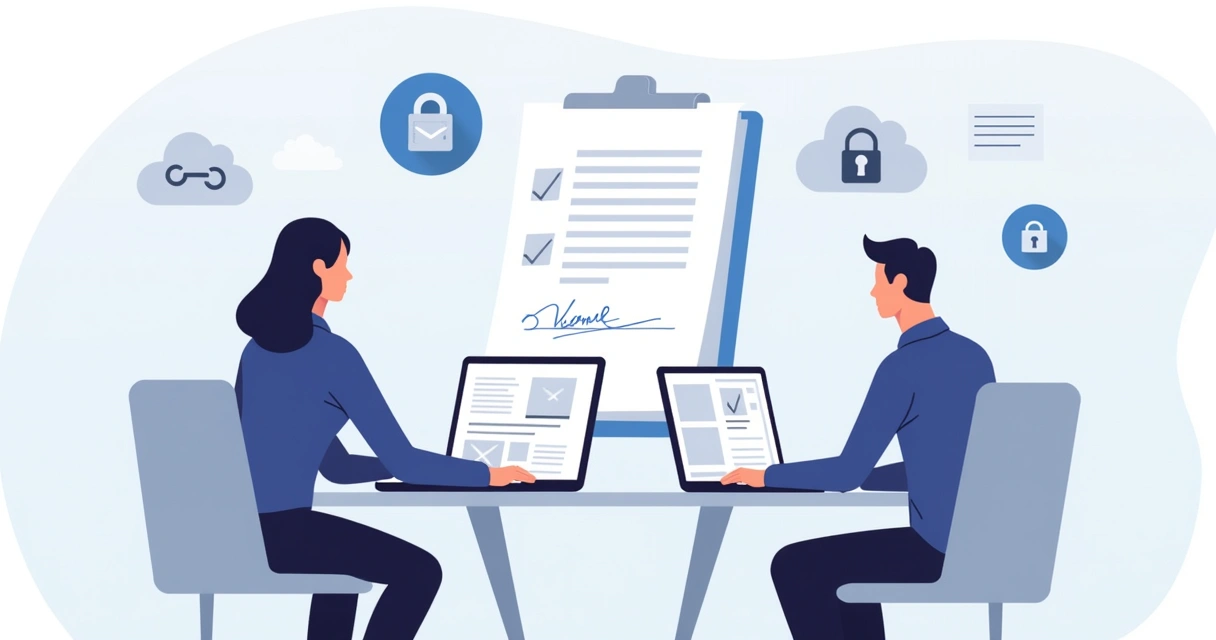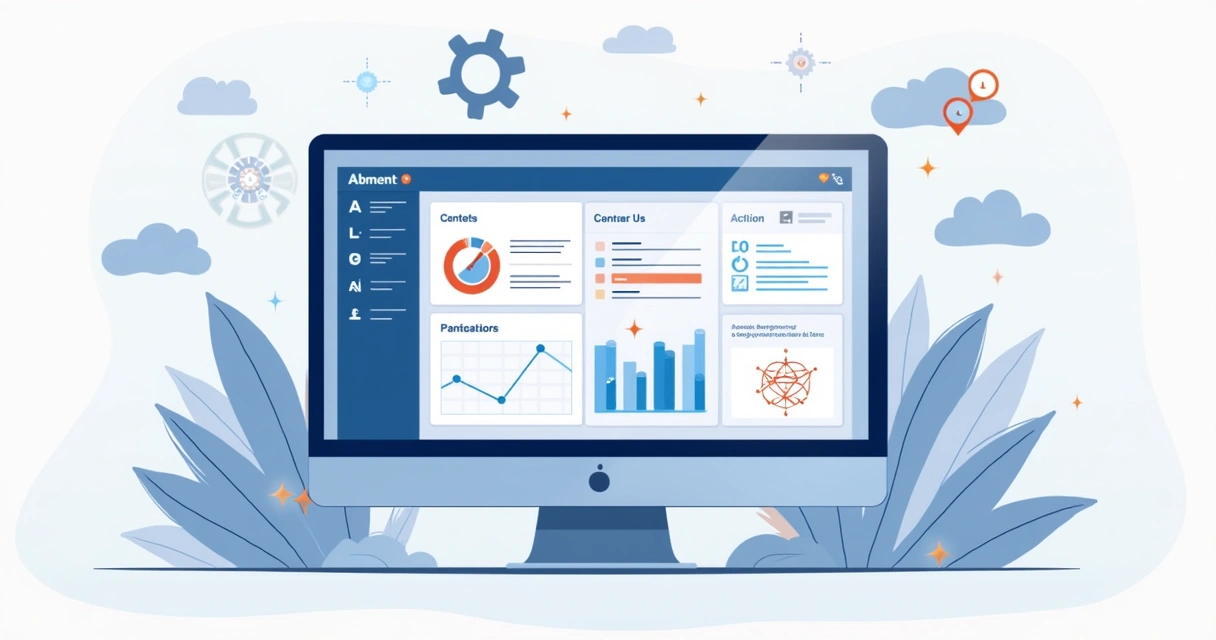Think for a second about how many times you print, sign, scan, email, or ship a document just to get someone’s initials. Now, imagine skipping all of that. Electronic signatures stand at the crossroads of convenience and security, a new way to “sign here” that seems obvious today, but strange if you have spent years in the paper world. This is a guide for anyone who has heard the term and thought, “Is this really legal? How does it actually work? Why should I trust it?” Let's untangle the basics and see how a platform like CloudSign.ie can change how you handle agreements, from one-off freelance gigs to multi-year vendor contracts.
Why e-signatures are everywhere now
Electronic signatures are not a trend. They are the new normal for modern business. You can be in Dublin, New York, or a small village and still close deals, hire staff, and manage clients, without waiting by a printer. The demand has a clear story:
- Global acceptance: According to research by Fortune Business Insights, the digital signature market was valued at $7.13 billion in 2024 and will likely surge to $104.49 billion by 2032.
- Rapid adoption across industries: In the US alone, the digital signature market is set to soar from $1.2 billion in 2024 to over $8.3 billion by 2030, as cited by Grand View Research.
- BFSI lead: The banking, finance, and insurance sector alone sees more than 90% of bank clients preferring electronic over paper signatures.
- Europe and Asia on the rise: Europe’s digital signature market valued near $2.8 billion in 2023. Asia-Pacific is on track to reach $12 billion by 2030.
It’s fast, borderless, and, when you pick the right platform, more secure than many paper methods ever were. The success stories, however, don’t come from everyone. Choosing the right tool still decides if you unlock all these benefits.
How electronic signing works
The process may at first seem mysterious. There’s no inkwell or ballpoint, only clicks. Still, a digital version of your signature is far more than scribbling on a PDF.
 An electronic signature, often called e-signature, is any electronic method you use to say, “this is me, and I agree.” There are a few common ways you “sign”:
An electronic signature, often called e-signature, is any electronic method you use to say, “this is me, and I agree.” There are a few common ways you “sign”:
- Typing your name into a document field
- Drawing your signature with a mouse or finger
- Clicking an “Approve” or “Sign” button in an app
- Uploading a scanned copy of your handwritten signature
But platforms like CloudSign.ie use something extra behind the scenes. Encryption locks each signature to the document, tracks who signed and when, and protects the file from being secretly changed after the fact. Some services simply host documents or let you scribble; others (like CloudSign.ie) build in audit trails, legal checks, and even AI-powered risk detection.
What are the legal facts?
If you wonder, “Is this real, will it hold up in court?” you are not paranoid. For anyone wanting in-depth details, the CloudSign.ie discussion on electronic signature validity in Ireland explains why this technology is trusted, especially after the eIDAS Regulation in the EU and laws like E-SIGN in the US.
The truth? Electronic signatures are considered legally binding in nearly every modern jurisdiction, given that:
- Both parties agree to conduct business electronically
- Your identity as the signer can be proven
- You cannot later claim the document was changed or forged
So, unless you are signing a will, mortgage, or a handful of protected documents (which sometimes might require certified digital signatures), you are covered. CloudSign.ie keeps document records and security logs that help prove authenticity, which can matter if anything ever does go to court.
More than a quick scribble: benefits of e-signatures
The biggest win? Time. I think few people realize quite how much of our workday goes into waiting, printing, chasing down signatures, or searching drawers for a pen. But electronic signing brings in more than just speed.
- Security: Encryption, authentication, and tamper evidence make forgery far less likely.
- Any device, anywhere: Sign on mobile, tablet, or computer, whether you’re in the office or in a taxi.
- Team management: Assign signing order, track who signed and who has not, get reminders.
- Audit trails: Every action is tracked, time-stamped, and stored, no more lost paperwork.
The paper trail is now digital.
- Integration: With CloudSign.ie, you can link to Google Drive, Slack, HubSpot, and more, making document flow smooth.
- AI-powered insights: Detect risky clauses, spot renewal dates early, and receive alerts on contract opportunities, all automated by AI.
The future of document management is predictive.
How to sign your first document
If you are not sure where to start, here is a simple route. Suppose you choose CloudSign.ie, which offers a free 14-day trial, no credit card required.
- Upload your file: Select your contract, NDA, or invoice. Most formats work, PDF, DOCX, even images.
- Add your signature area: Drag and drop a field on the page where you want your signature or others.
- Sign or send: You can sign yourself, or request a signature from someone else by email. The process is as easy as sending an attachment, no special app needed on the other side.
- Get confirmation: The signed document comes back with detailed logging. You keep a legally-backed record, tracked and sealed.
Some competitors may have market share, DocuSign holds over 67% as of 2023, but CloudSign.ie competes on automation, ease of use, and support for Irish and international compliance. Plus, you’re not just getting a generic e-sign tool: you get a contract management partner.
Future-proofing your workflow
The growth of digital signatures is not slowing down. According to recent projections, nearly every sector will move away from paper by 2030.
CloudSign.ie is already one step ahead, using AI to predict renewal periods, flag contract risks, and save you hours every week. Even for those curious about what comes next, there’s a full post on the future of electronic document signing. Digital transformation is real, I have seen small companies scale up and freelancers win bigger clients, simply because they made agreements easier.
 If you’re feeling hesitant, you are not alone. Many, including myself, were skeptical at first. But once you start, going back to paper feels impossible. For a quick overview of how AI is transforming contract workflows, see the insights from CloudSign.ie’s blog on AI-driven management.
If you’re feeling hesitant, you are not alone. Many, including myself, were skeptical at first. But once you start, going back to paper feels impossible. For a quick overview of how AI is transforming contract workflows, see the insights from CloudSign.ie’s blog on AI-driven management.
From beginner to confident signer
You do not need to be a tech wizard to make the shift. Most electronic signature platforms, and especially CloudSign.ie, are built for regular humans. You spend less time on admin, more time on the actual business, whether you’re a freelancer, a startup, or part of a large firm.
Want a broader picture? There’s a complete digital transformation guide that explains why e-signatures are at the heart of most modern workflows.
The world of electronic signatures is growing, and with the right guide, you can become an expert. For more stories and detailed how-tos, browse our blog.
Conclusion: make your move to modern agreements
Paper may have history, but smart companies and professionals now choose speed, security, and control. If you want to cut waiting time, close deals faster, or simply protect your business, starting with a trusted partner like CloudSign.ie is the first step.
Experience the difference for yourself, sign up today and try the platform with zero risk. Your next contract could be signed in minutes, not days.
Frequently asked questions
What is an electronic signature?
An electronic signature is a digital equivalent of your handwritten signature. It can be signing your name with a mouse, typing your name, clicking a confirmation button, or using special software to officially agree to a document online. These signatures can be simple or backed by authentication methods such as codes, digital certificates, or encryption.
How do electronic signatures work?
Electronic signatures work by attaching your unique mark to a digital document. When signing via a platform like CloudSign.ie, you add your signature (drawn, typed, or clicked), and the platform records who signed, when they signed, and sometimes their location or IP address. Security features ensure the document can't be changed after signing and keep an audit trail for legal and business use.
Are electronic signatures legally valid?
Yes, electronic signatures are legally valid in most countries, including Ireland, across the EU, the United States, and beyond. Laws such as the eIDAS Regulation and the U.S. ESIGN Act recognize digital agreements as binding, as long as both parties accept digital dealings and the platform can help prove who signed and when. For special documents, you may need a more advanced digital certificate, but for everyday business, modern e-signing platforms cover your needs. For more in-depth legal insights, see this article on legal validity.
How can I create an electronic signature?
To create an electronic signature, start by using an online service, such as CloudSign.ie. Once inside the platform, you can draw your signature with your mouse or finger (for touch devices), type your name in a dedicated field, or even use a scanned image of your handwritten signature. Most platforms, including ours, guide you step by step and let you save your signature for future use.
Is it safe to use electronic signatures?
Yes, using electronic signatures can be much safer than paper if you pick a reputable provider. Platforms like CloudSign.ie use strong encryption, security logs, and advanced authentication to prevent forgery or tampering. You can also track every document’s signing history and receive alerts about suspicious activity. Still, it’s smart to review a provider’s security features to make sure they meet your needs.
